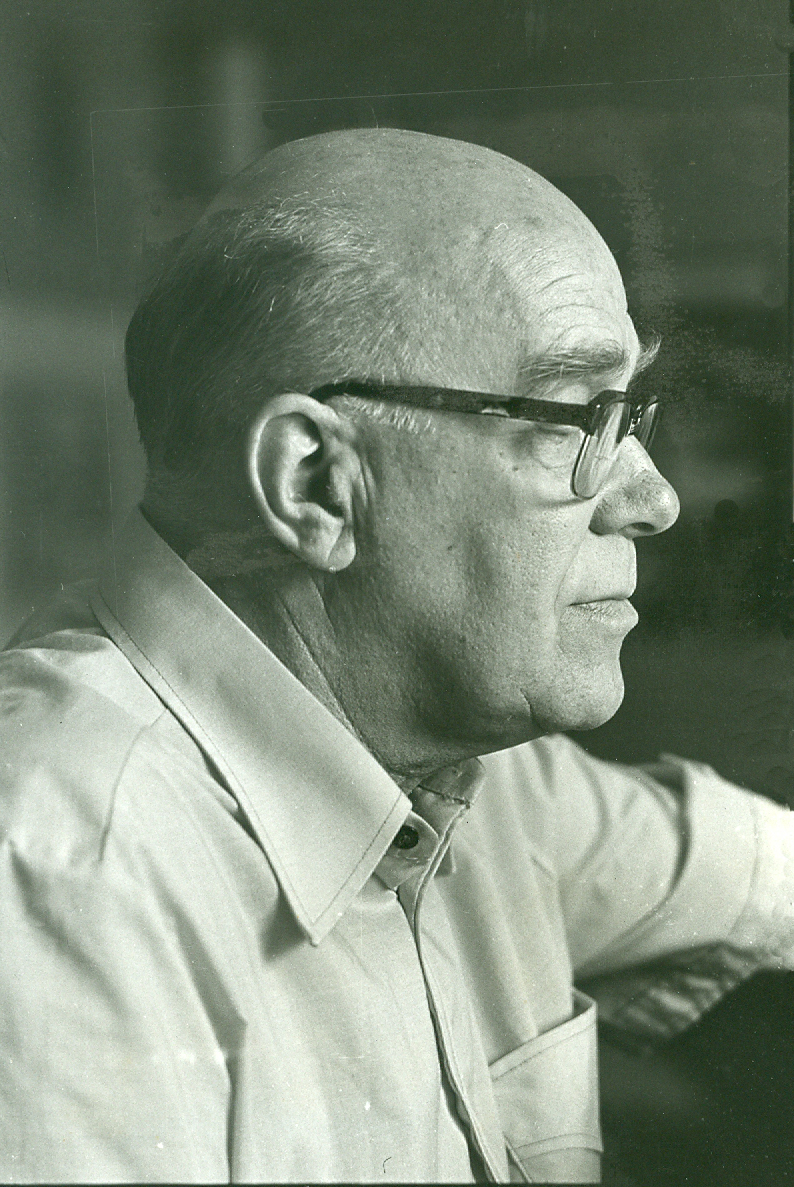
Johansson, Bengt
Bengt Johansson (1914-1989) studied conducting, the cello and composition at the Sibelius Academy in Helsinki, where his teachers were Leevi Madetoja, Selim Palmgren and Sulho Ranta. He spent most of his working life as a sound engineer at the Finnish Broadcasting Company, and at the same time he was teaching music history at the Sibelius Academy. Both activities proved useful in his composing work: his Kolme elektronista etydiä (Three Electronic Etudes, 1960) was one of the pioneering examples of Finnish electronic music. Johansson’s works for voice, in which features drawn from Renaissance polyphony appear alongside modernist elements, occupy a central place in the contemporary Finnish choral repertory.
His early orchestral works of the late 1940s and early 50s were still in the national Romantic vein. Johansson developed his personal “antique” style in the a cappella choral songs of 1960s and 1970s. The style is modal and softly dissonant, at the same time both archaic and modern. It combines madrigal styles with contemporary polyphonic web techniques in a balanced synthesis. His interest in the sacred tradition is already manifest in his Stabat mater of 1951, but his new style was not established until The Tomb at Akr Çaar for baritone and mixed chorus dating from 1964.
Fråm flydda tider (From Bygone Days)
Vänrikki Stool Suite (1966)
for mixed chorus and brass ensemble
0000-2210-10
Duration: 17
Graduale för Trefaldighets-söndagen
Kolminaisuuden päivän graduaali (1968)
for baritone, double mixed chorus and instrumental ensemble
2tpt/timp/org/str (or 2tpt/timp/2org)
Duration: 5
